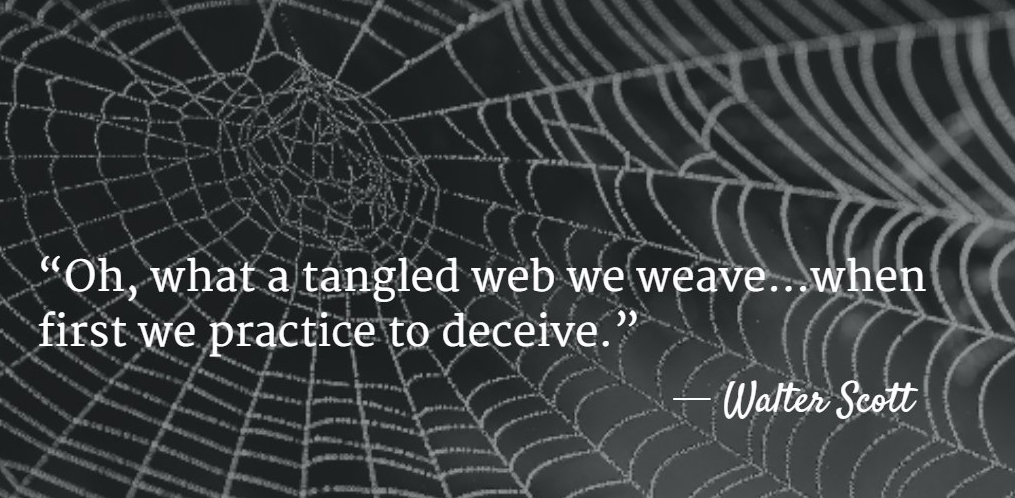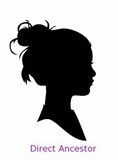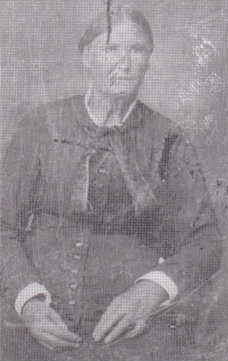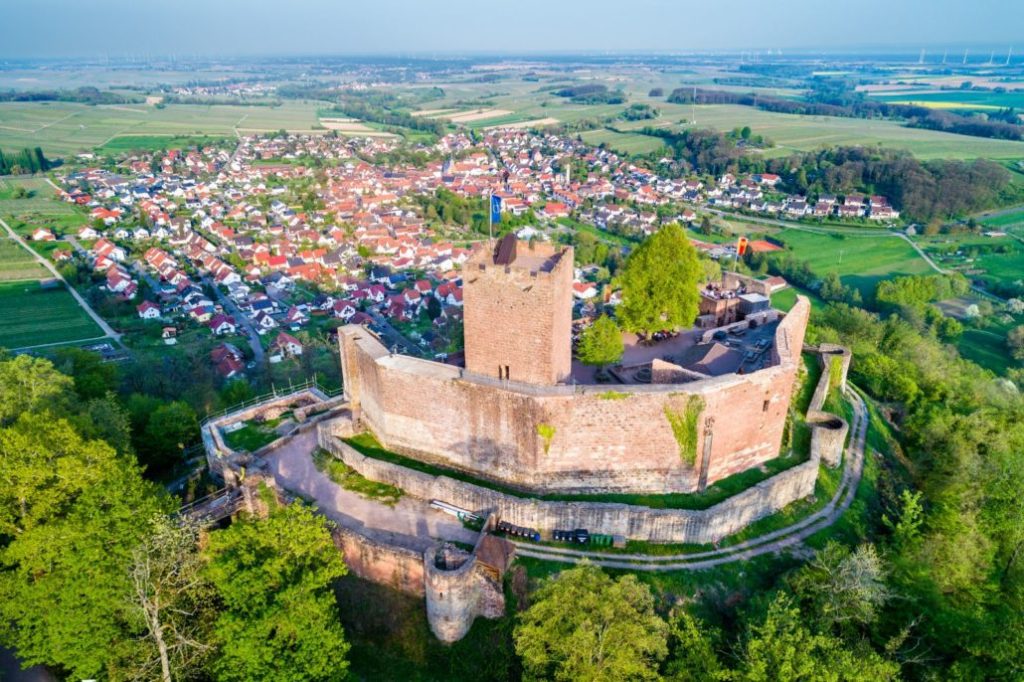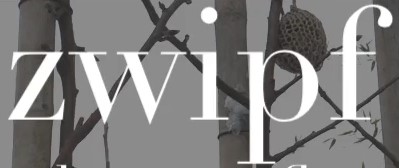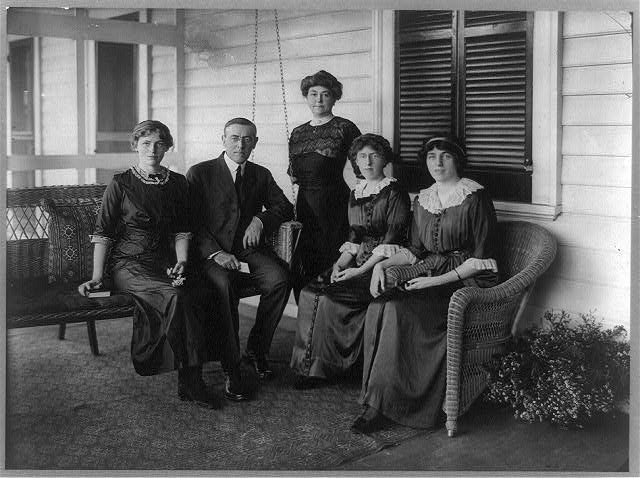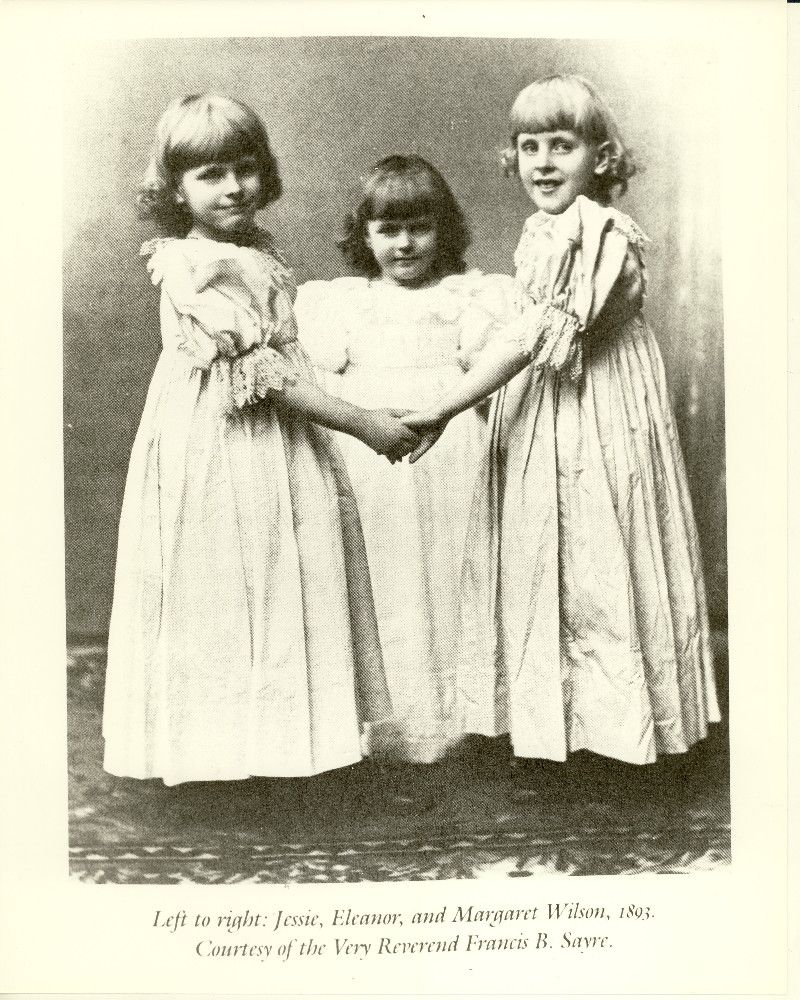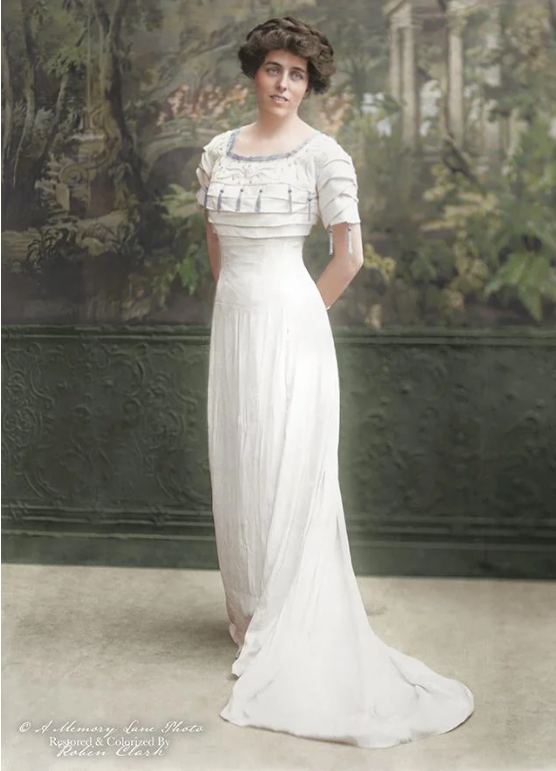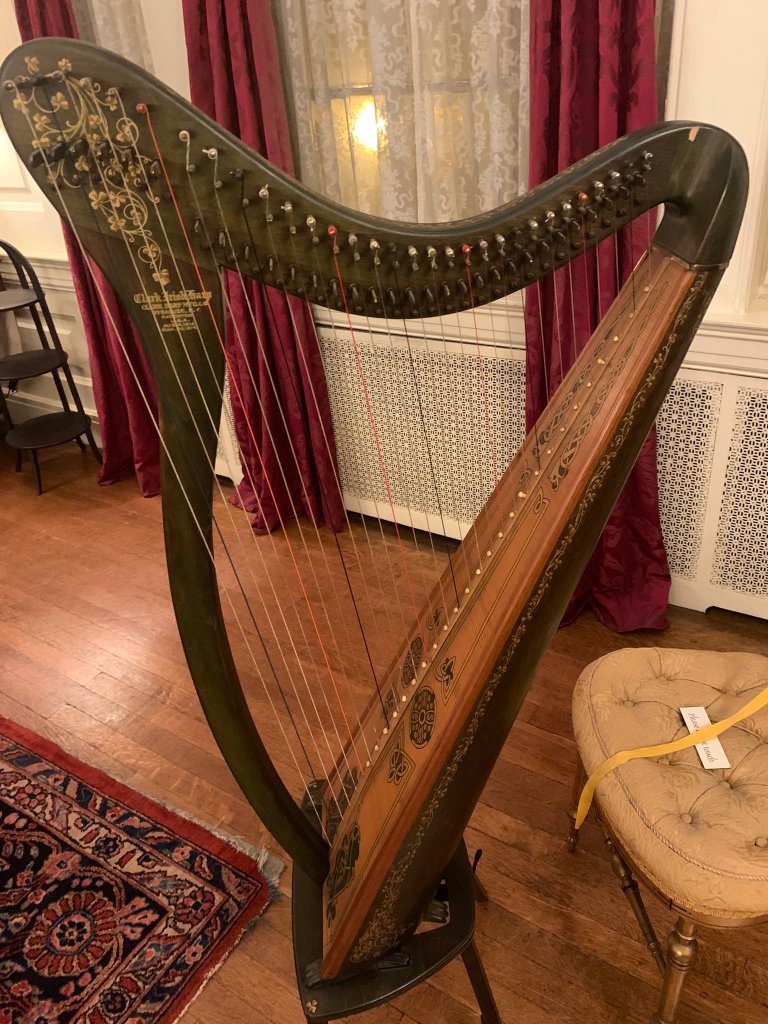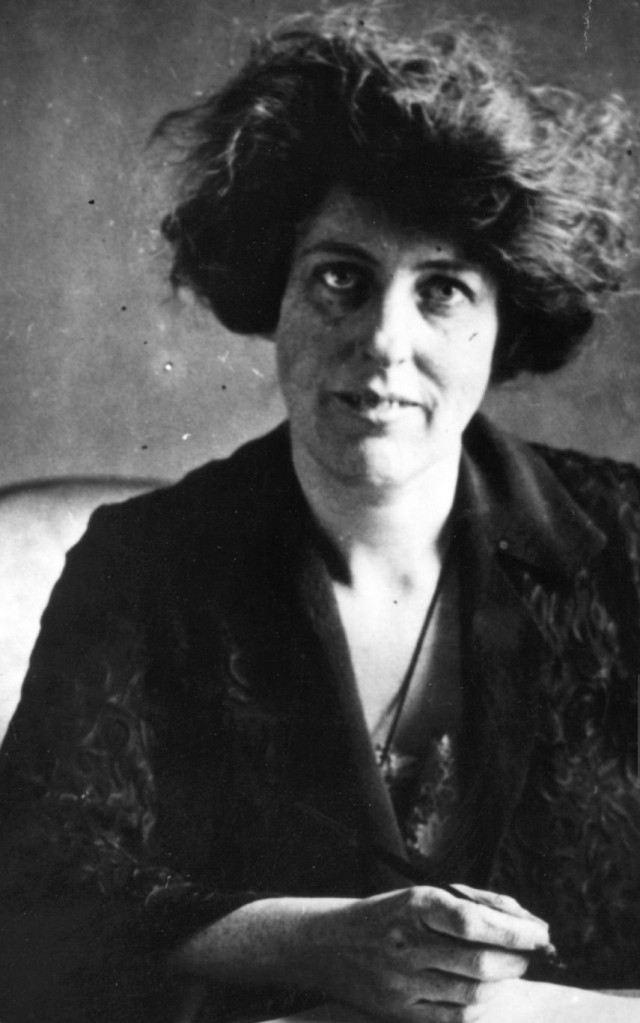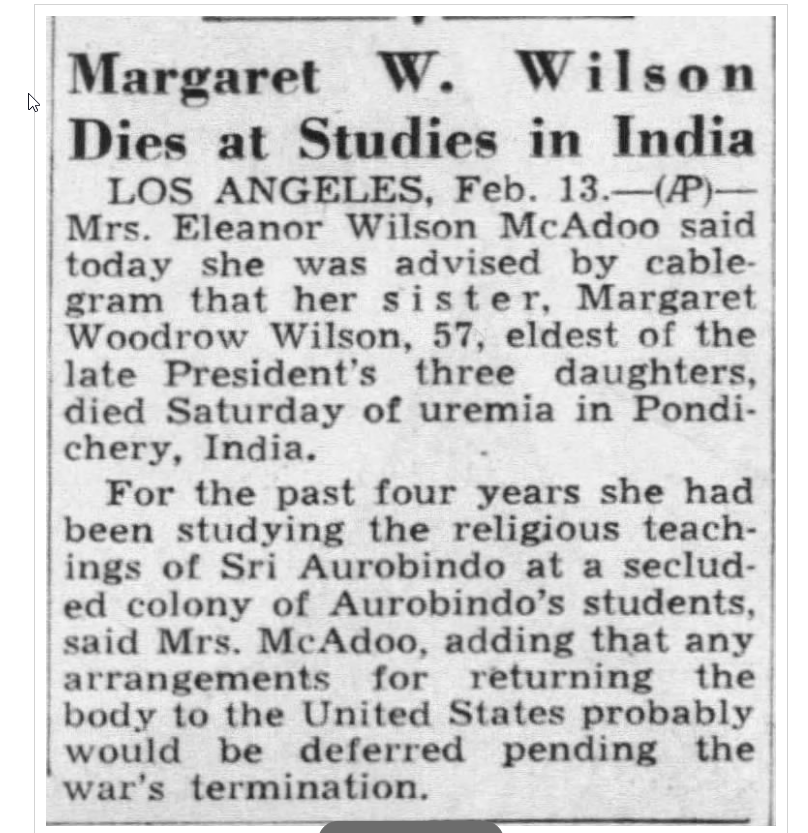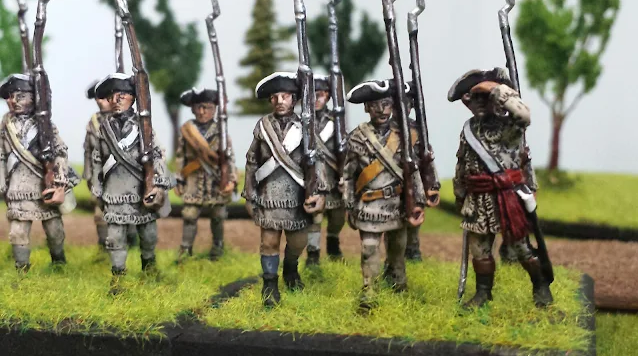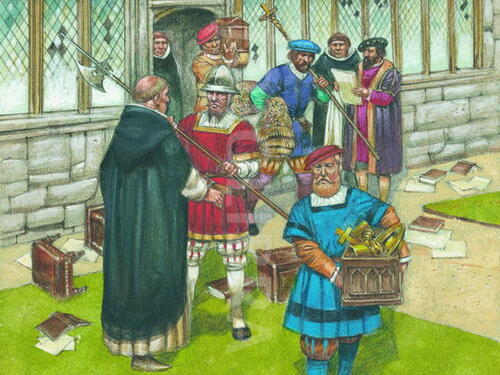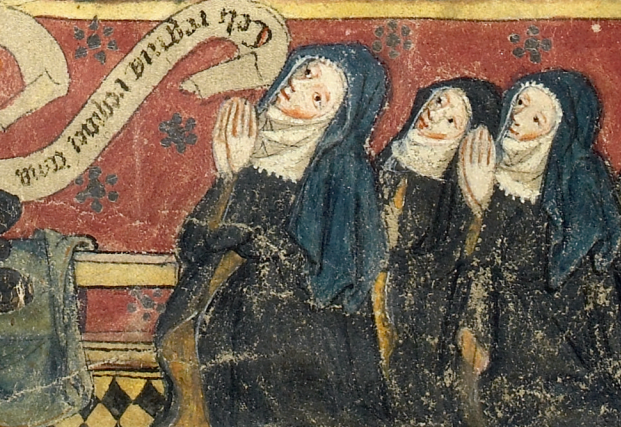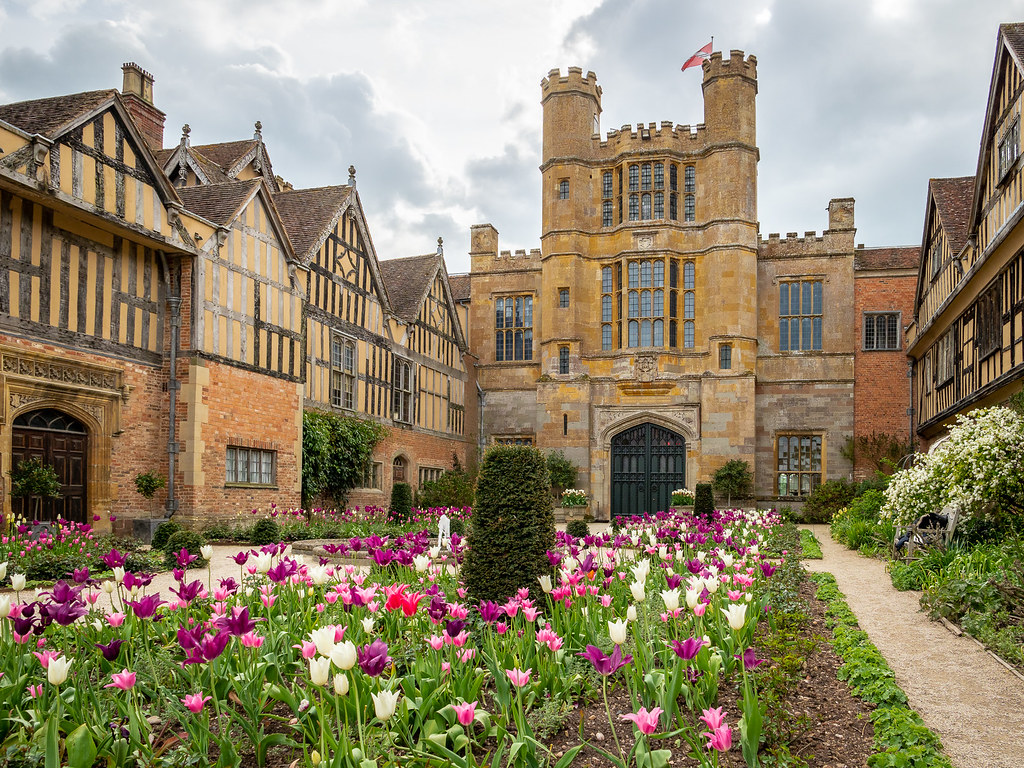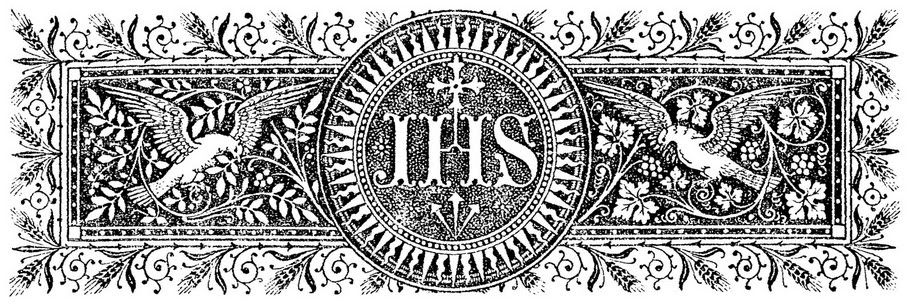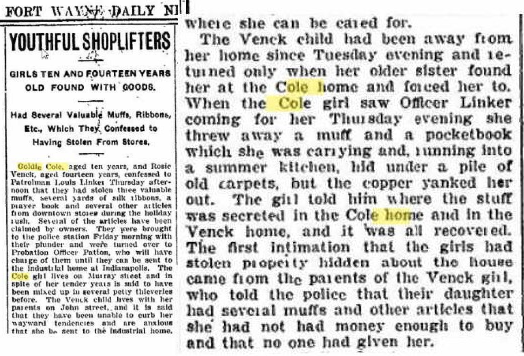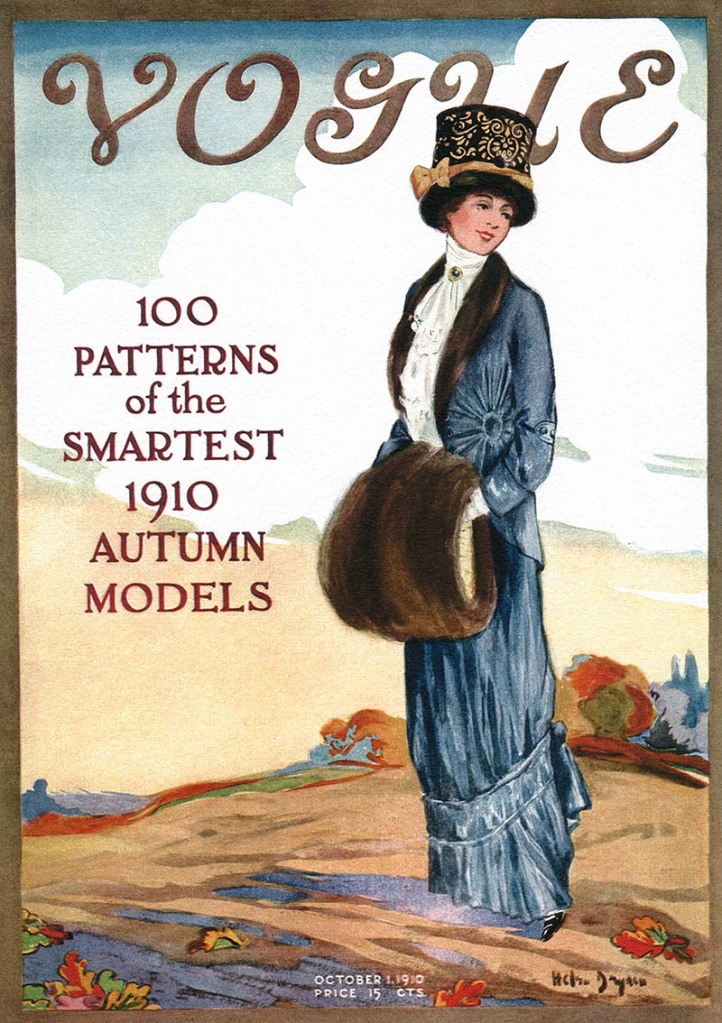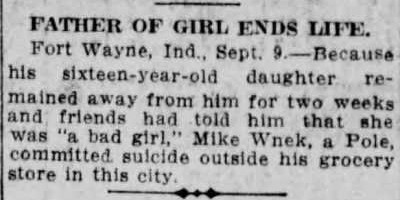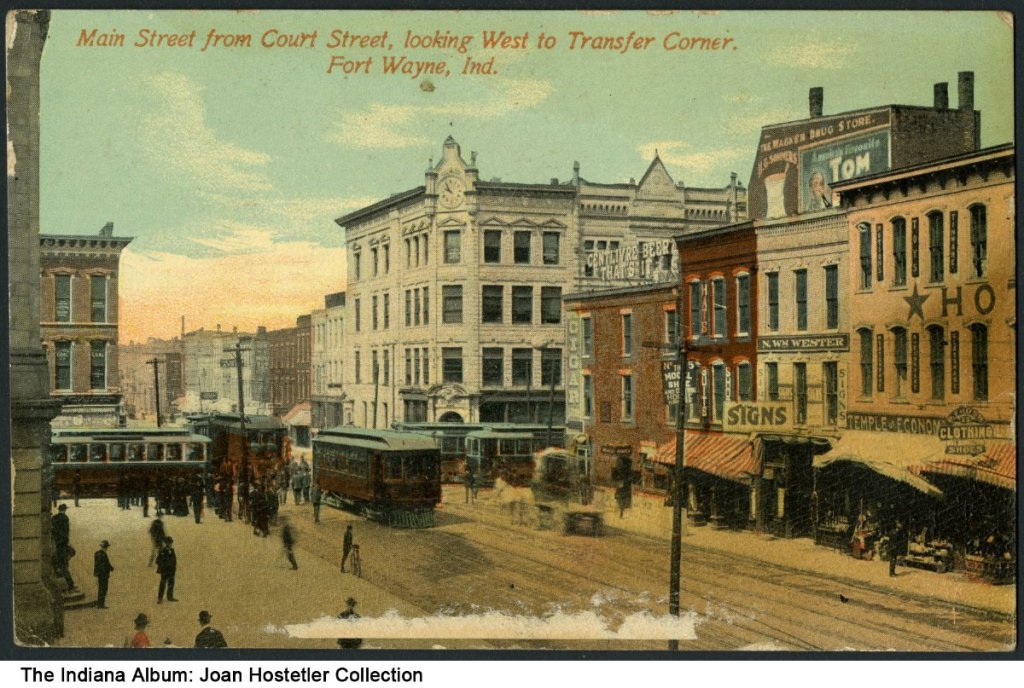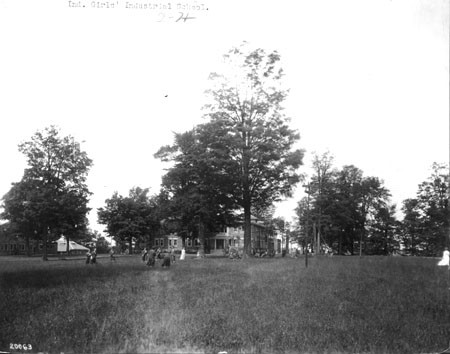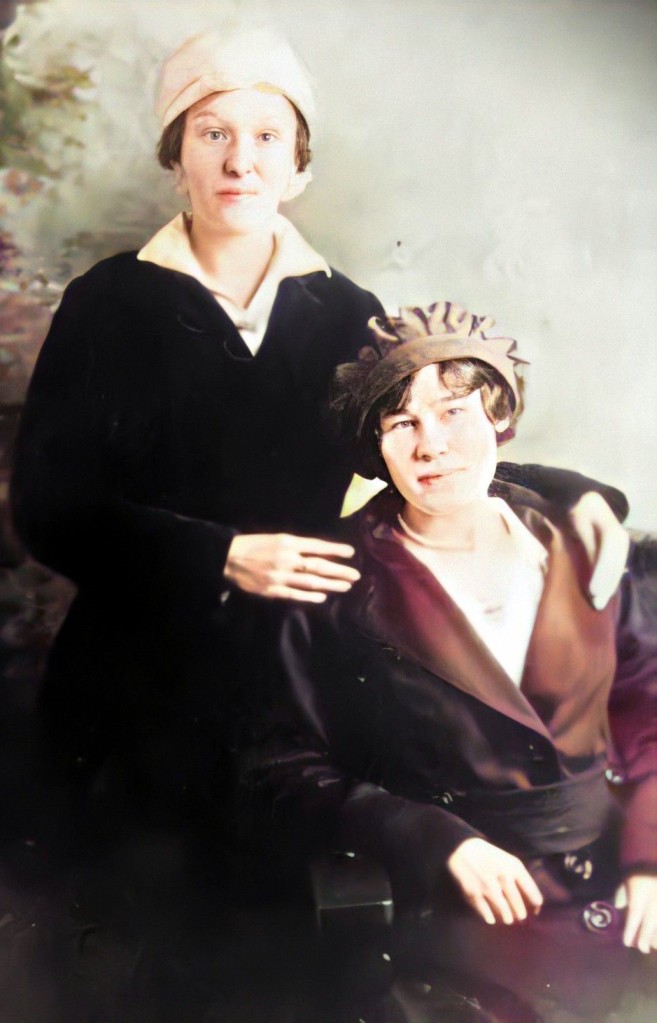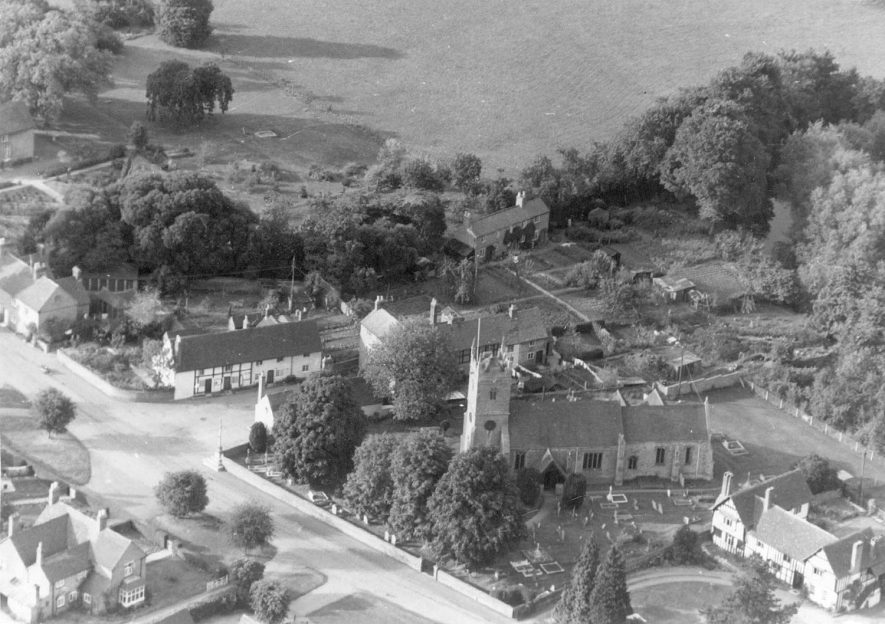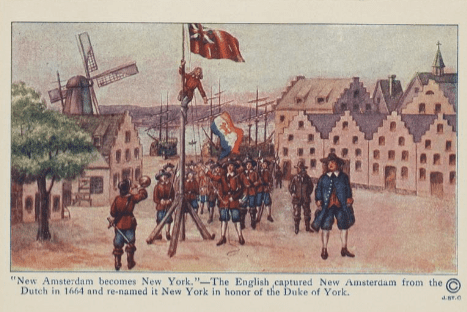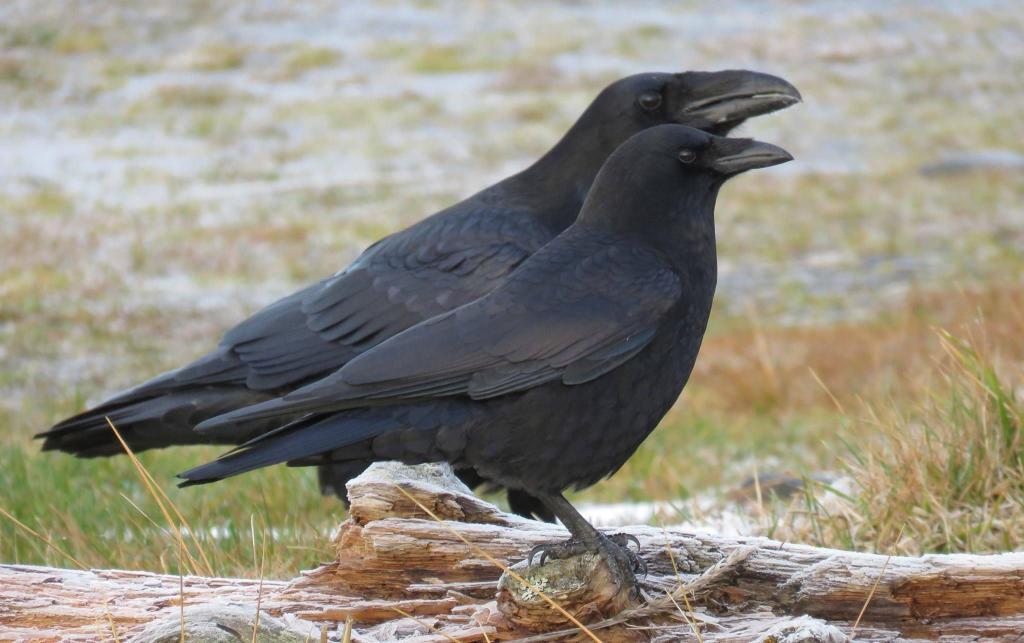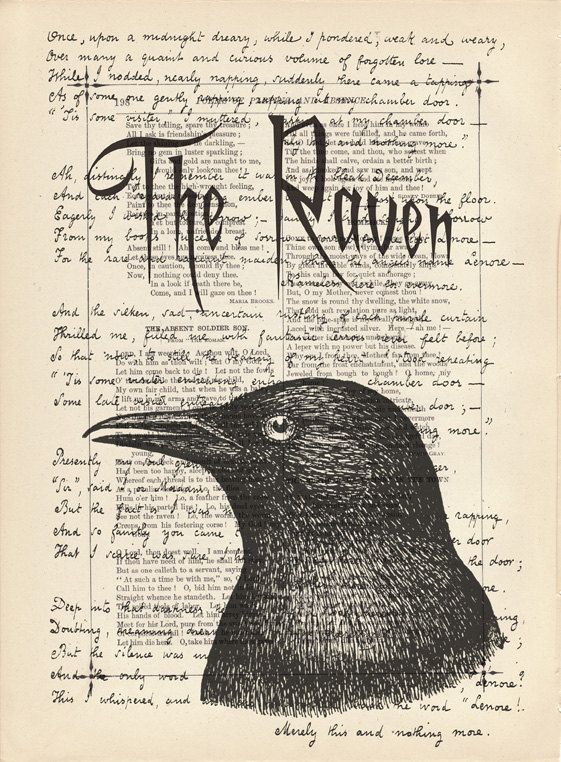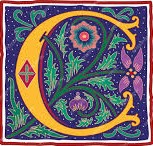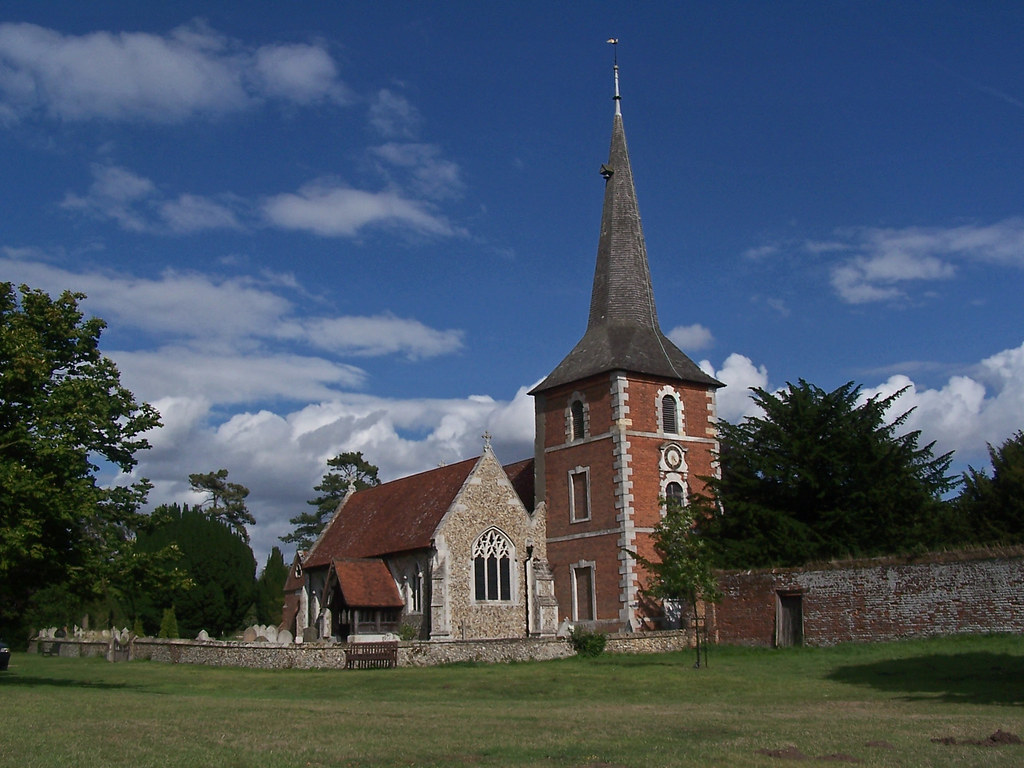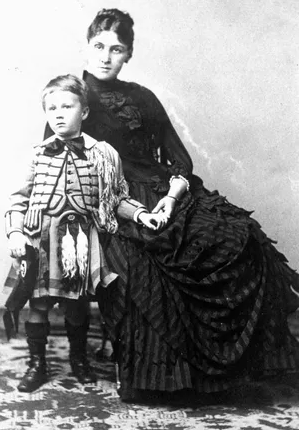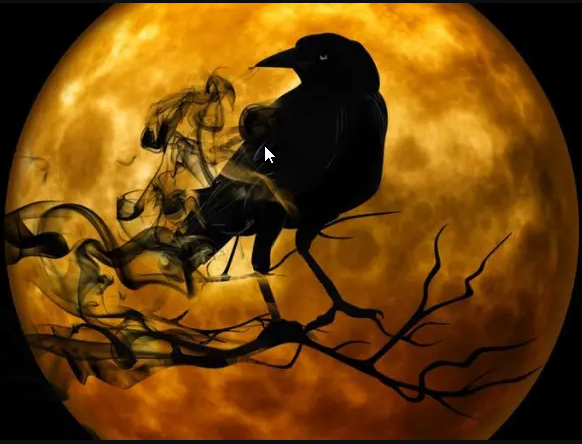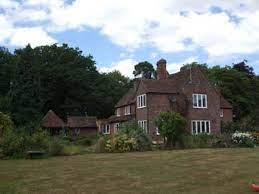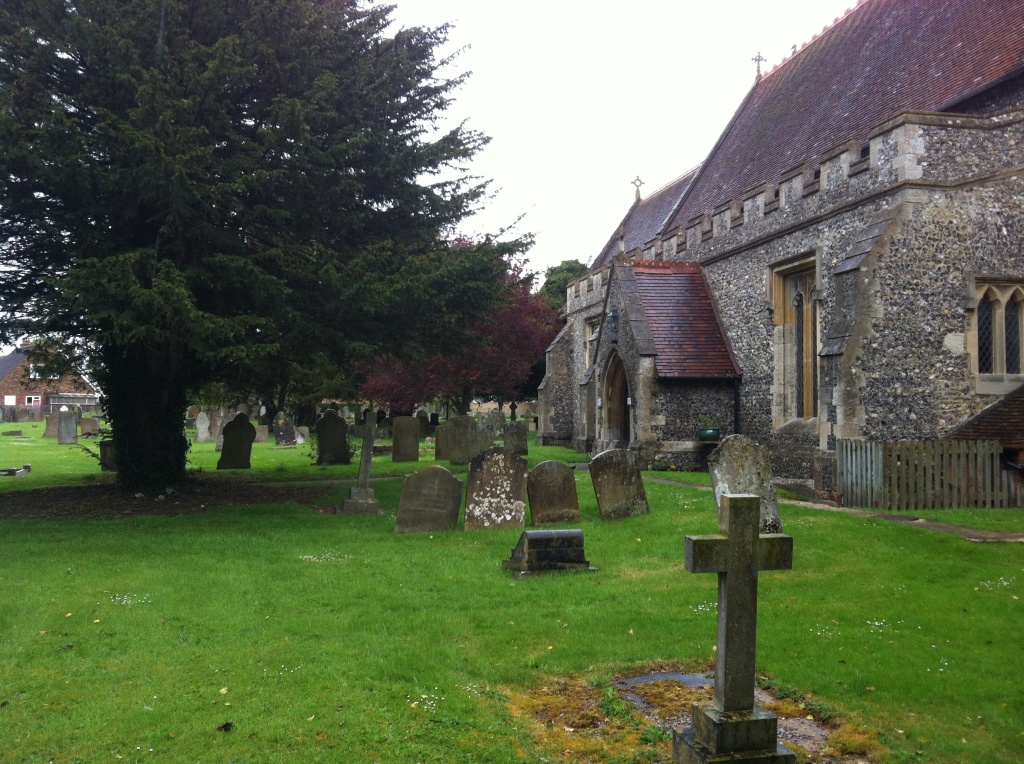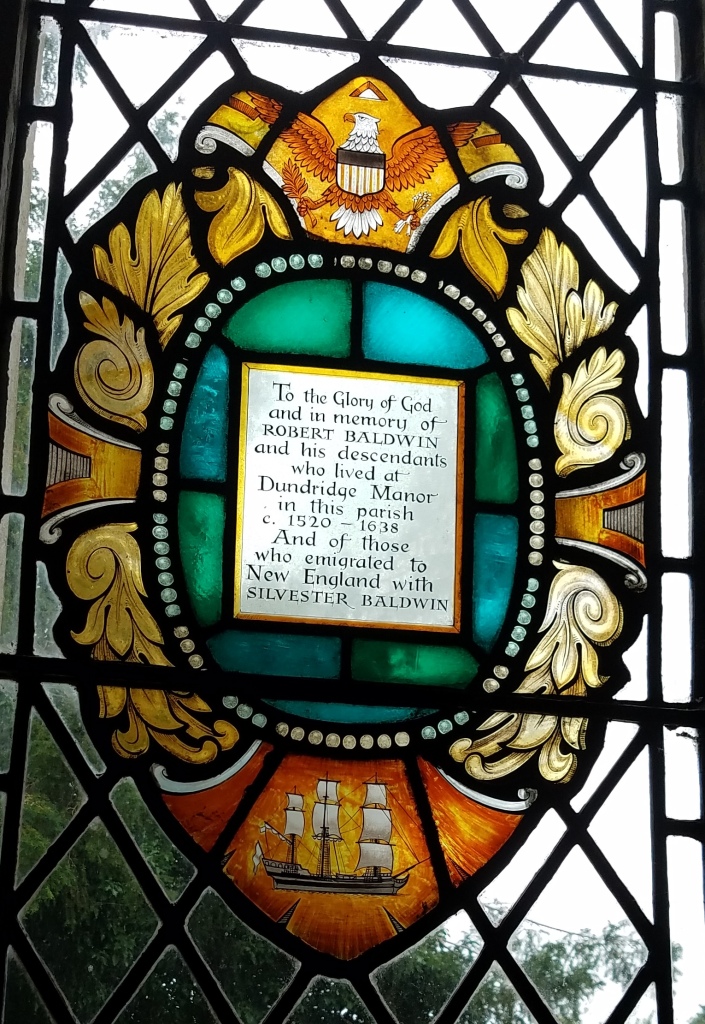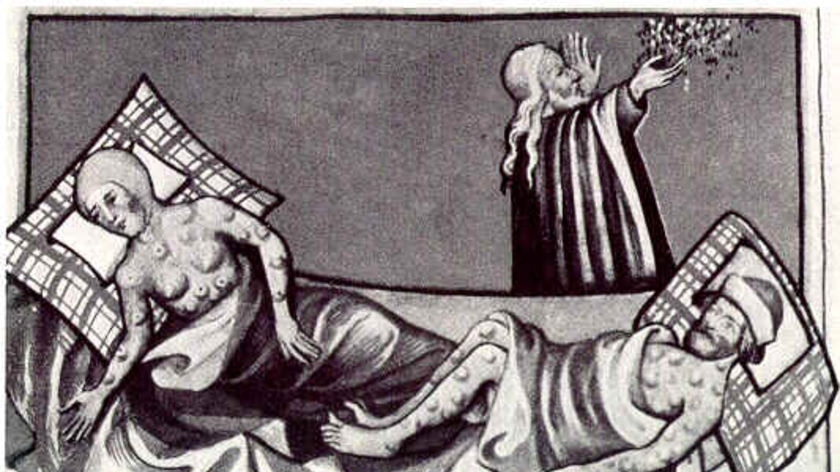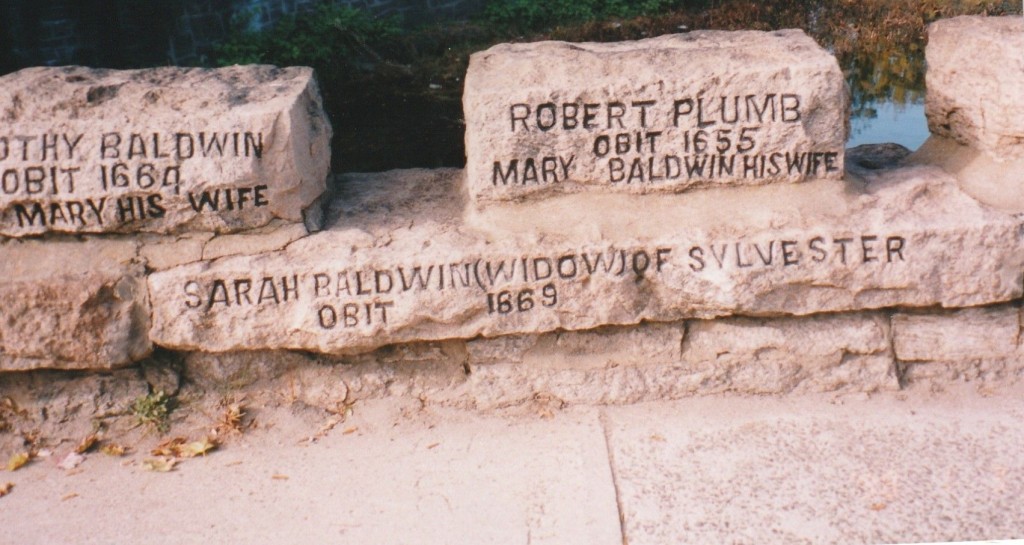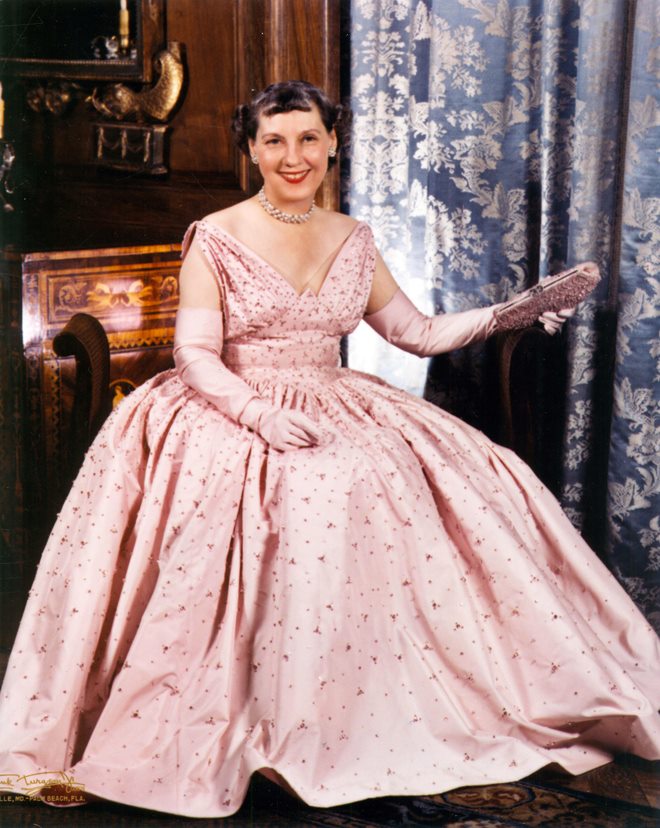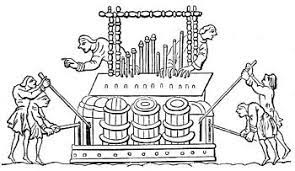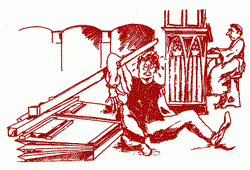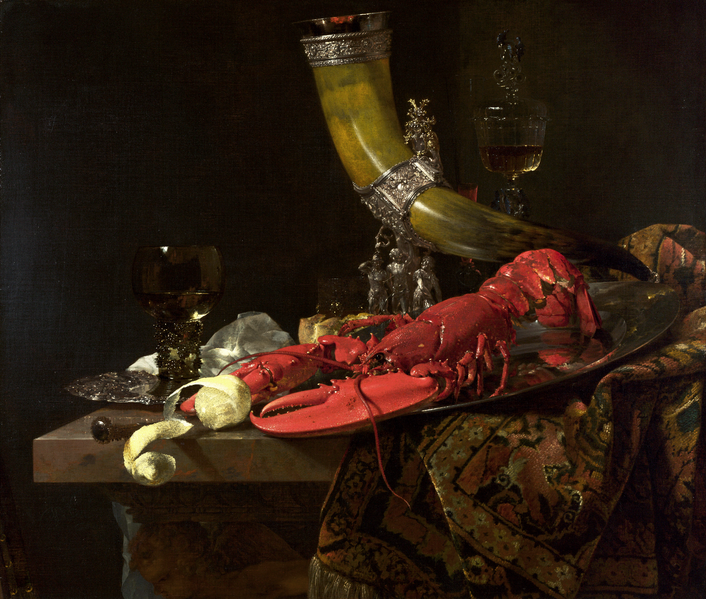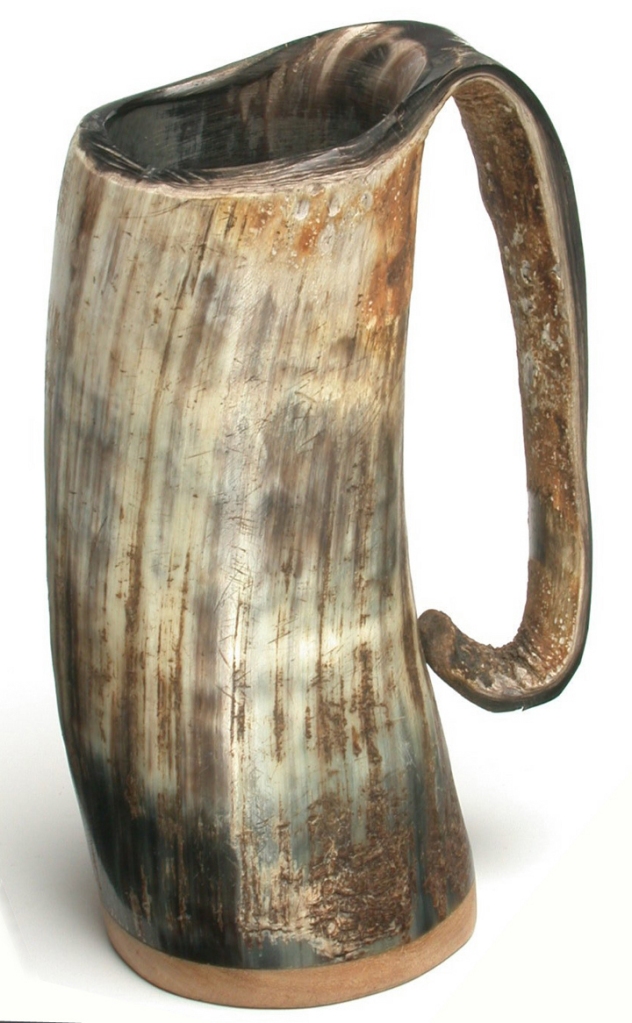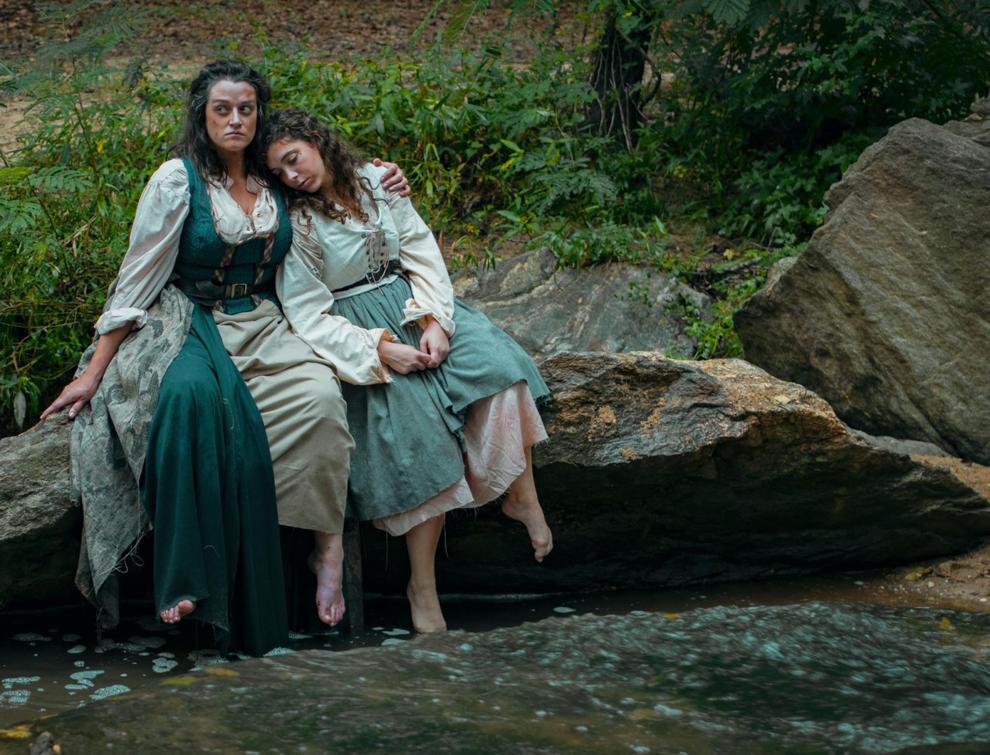“Oh, what a tangled web we weave when at first we start to deceive.” – Sir Walter Scott. From his poem “Marmion”.
This week’s writing prompt for 52 Ancestors is Favorite Recipe. I always cringe when this writing prompt or some version of it comes up. In the past I was able to share a story about my French ancestor’s lack of cooking talents when he cooked for guests at his inn, you may read about him here. The last time this prompt came up just with the word recipe, I wrote about a recipe for disaster when researchers share unvetted information and it’s passed down repeatedly and posted endlessly, you may read about that here. So, when this prompt came up again this year, I was not thrilled, so I decided to take a different approach since I don’t have a bunch of cool family recipes handed down, or anything really that would fit with favorite recipe.
I decided to take the word favorite and flip it to the opposite and to related words and meanings of unfavorite: disliked, estranged, alienated, forgotten, ignored. Then take the word recipe and play with it as well. Although many only think of food recipes when they hear the word recipe, its full meaning encompasses: a method of doing things, a prescription, a program, a technique, the process or processes, procedure, and receipt. Viewing it through a wider lens, it also includes modus vivendi which means way of living, lifestyle, way of life, and is related to modus operandi – a manner of working, a method, mode of operation, a way of doing things. Which is in turn related to the meaning of the word recipe.
In the end, that left me with an awesome writing prompt, unfavorite way of life. I could write about a situation where my ancestor was living a life that often felt as if she was forgotten and alienated, and the modus vivendi, the way of living she experienced after the birth of her last child very much would have left her feeling alienated from her husband, and in some ways forgotten. A story of being bedbound, a mistress, illegitimate children, and finally an early death at the age of twenty-seven. The modus vivendi of her second husband, his mistress, her child from her first marriage, her father, her husband’s children from his prior marriage, his illegitimate children (born after her death), his new wife he married months after her death (not his mistress) was quite a tangled web that was weaved.
I need to thank newly found Yarberry (Carter) cousin, who had knowledge about my ancestor’s life that I did not know prior, and I was able to help him by giving him the correct parentage, names of wives, and children for his ancestor John L. Wesley Carter.
I need to tell you about all the players in this story. First, I will discuss my direct ancestor, my 3rd great-grandmother, Mary Ann Gooden Doughty Carter.
Mary Ann Gooden was born about 1826 in Crawford County, Illinois. She was the daughter of Lewis Gooden and Lydia Watts. You may click on the names of her parents to learn more about my Gooden/Goodwin, Watts, and related lies.
She married McGuire Doughty in 1842 in Illinois. McGuire Doughty was the son of Rev. John M. Doughty and Mary Jane “Jane” McGuire. John M. Doughty was a reverend in the Primitive Baptist Faith. You may click on the names of his parents to learn about their family and related lines. You may also read about our ancestor Mayflower Pilgrim Edward Doty in a separate post.
In early 1843, already well into her pregnancy, she migrated with her husband from Illinois to Shiloh (now Springdale), Arkansas, and lived near the Shiloh Church, it was called the Regular Baptist Church at Shiloh which was started in 1840 and became known as the Primitive Baptist Church. Their only child, John Lewis Doughty, was born 11 March 1843 at Shiloh (now Springdale). McGuire Doughty dies at Shiloh only months later in December 1843, leaving her a young widow with an infant son. McGuire Doughty would have been buried near the Shiloh Church. In 1894, the graves near the Shiloh Church were moved to Bluff Cemetery in Springdale.
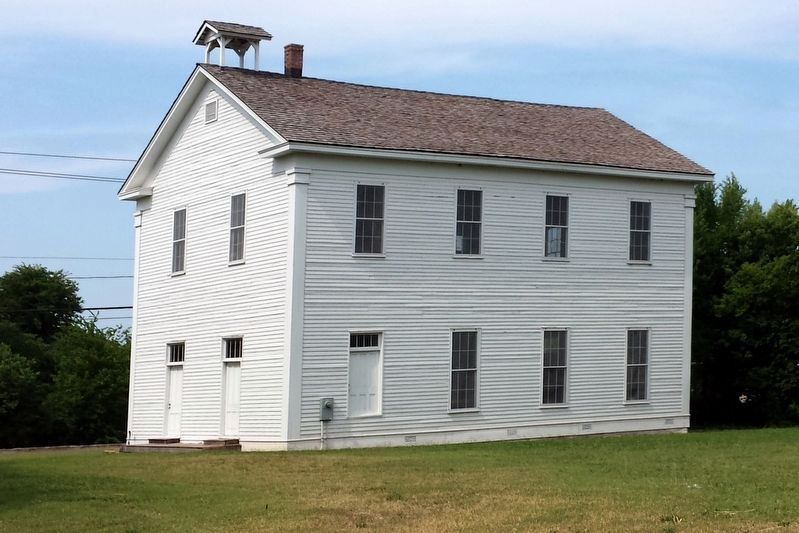
A bit about Shiloh, Arkansas and the Shiloh Church. In 1840, a small settlement was established around a log church known as the Shiloh Regular Baptist Church (it became known as the Primitive Baptist Church). The community became known as “Shiloh,” although Civil War records refer to the fledgling settlement as “Holcomb’s Spring,” after the pioneering John and Dorothea Holcomb family. The log church building burned during the Civil War and the Shiloh Church was rebuilt in 1868, a third church building was built in 1870, that church building is pictured above. By 1872, Shiloh had grown big enough to need a post office. However, Arkansas already had a town named Shiloh. Due to the abundant local springs, “Springs in the Dale” was suggested by Shiloh resident Sarah Reed Meek. The town was incorporated officially as Springdale in 1878. (2 & 3)
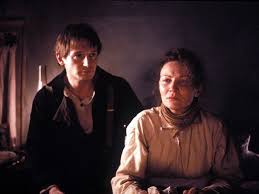
Pictured above is Liam Neeson as Ethan Frome and Joan Allen as his invalid wife Zenobia “Zeena” Frome in the film Ethan Frome. Although the story of my ancestor Mary Ann Gooden Doughty Carter and her 2nd husband John Carter, and their live-in help Sarah “Sally” Gambill Bradshaw Yarberry does not mirror exactly the story in Ethan Frome, it is a reminiscent living situation.
Pictured above is Liam Neeson as Ethan Frome and his wife’s cousin Mattie Silver played by Patricia Arquette. In the story his wife’s cousin came to live with the couple to keep house for her invalid cousin and her husband. Ethan Frome is revolved around the character Ethan Frome cheating on his invalid wife with her cousin who came live with them to keep house and help them, and his internal struggle between two women that tear at his heart.
Mary Ann Gooden continued to live in Benton County, Arkansas after the death of her husband McGuire Doughty, and worked the best she could to support herself in the ways a woman was allowed to at that time, helping to take care of the children of others, taking in laundry, sewing, midwifery, etc. In 1848, her widowed father Lewis Gooden came to live with her. Also, living in Benton County near her was a widower named John Carter, his 1st wife had died in 1846, leaving him with six children, aged from 1 year to 16 years old. John Carter was known to hire outside help, and most likely Mary Ann did work for him in some fashion. They married in 1847 in Benton County, Arkansas. The family migrated to neighboring Illinois, Washington County, Arkansas, where they had a son, Lemuel Carter, born there in 1849, but the Carter family migrated back to Benton County, Arkansas before 1852, where they had their second child Elisha Richard “Lish” Carter born 18 September 1852. Mary Ann Gooden Doughty Carter had complications during and after the birth of her last child and was sickly and an invalid after his birth. During this time of her being often bedbound, her husband John Carter hired to keep house a twice widowed woman named Sarah “Sally” Gambill Bradshaw Yarberry. Mary Ann Gooden Doughty Carter died in 1853. She was buried near her husband McGuire Doughty near the Shiloh Church, as noted above, the graves from near Shiloh Church were moved in 1894 to Bluff Cemetery.
John L. Wesley Carter was born about 1802 in Scott County, Virginia. He was the son of Joseph Carter, Sr. and Martha “Patsy” Harris. He married his 1st wife Martha Ann “Annie” Gibson on 10 November 1831 in Scott County, Virginia. They had the following children: Lucy, George, Mary “Polly”, Margaret Ann “Peggy”, Martha Ann “Patsy”, and James Washington Carter, Sr.
Lucy Carter was born in Scott County, Virginia, all the rest of the children were born in Arkansas, most in Washington County, and the last child James Washington Carter, Sr., was born in Benton County. John Carter is found in the 1840 Census for Washington County, Arkansas. Washington and Benton Counties, Arkansas are adjacent, and some towns and cities are located partly within each of the counties.
John Carter’s wife Martha Ann “Annie” Gibson Carter dies in 1846, leaving him a widower with six children aged between 1 year and 16 years old. My ancestor Mary Ann Gooden Doughty was a young widow with a son, living near John Carter in Benton County. At some point after the death of his 1st wife, it is believed that Mary Ann did some work for John Carter and by 1847 they were married.
The Carter family migrated to neighboring Illinois, Washington County, Arkansas, where John Carter had lived prior, where they had a son, Lemuel Carter, born there in 1849. John Carter is found in the 1850 Census for Illinois, Washington County, Arkansas.

Above is the section of the 1850 US Census listing the family of John Carter:
- John Carter, aged 48, Male, Farmer, Real Estate value: $350, born in Virginia.
- Mary Carter (Mary Ann Gooden Doughty), aged 23, born in Illinois.
- Lucy Carter, aged 16, Female, born in Virginia.
- Mary Carter, aged 12, Female, born in Arkansas.
- George Carter, aged 15, Male, born in Arkansas, Deaf.
- Margaret Carter, aged 11, Female, born in Arkansas.
- Martha Carter, aged 9, Female, born in Arkansas.
- James Carter, aged 5, Male, born in Arkansas.
- John Carter (John Lewis Doughty), aged 8, Male, born in Arkansas.
- Lemuel Carter, aged 1, Male, born in Arkansas.
- Lewis Gooden (Mary Ann’s father), aged 58, Male, born in Virginia.
- William R. Hillim, aged 11, Male, born in Missouri.
John Carter is also found in the 1850 Illinois, Washington County, Arkansas Slave Schedule Census. I was unable to view the actual slave schedule, only the slave schedule index, but he had at least one enslaved person in order to appear in this slave schedule census.
The Carter family migrated back to Benton County, Arkansas before 1852, where they had their second child Elisha Richard “Lish” Carter born 18 September 1852. Mary Ann Gooden Doughty Carter had complications during and after the birth of her last child and was sickly and an invalid after his birth. During this time of her being often bedbound, her husband John Carter hired to keep house a twice widowed woman named Sarah “Sally” Gambill Bradshaw Yarberry. Mary Ann Gooden Doughty Carter died in 1853 and was buried near her 1st husband McGuire Doughty near the Shiloh Church. In 1894, the graves near the Shiloh Church were moved to Bluff Cemetery in Springdale.
I will discuss the stories involving John Carter, 2nd wife Mary Ann Gooden Doughty Carter, and their live-in helper Sarah “Sally” Gambill Bradshaw Yarberry, further down when I discuss the life of Sarah “Sally”.
Just months after the death of his 2nd wife Mary Ann Gooden Doughty Carter, in 1853, he marries in Arkansas to Jilthea Snodgrass. Not much is known about Jilthea. She was born about 1835 in Tennessee.
John Carter and 3rd wife Jilthea Snodgrass had three children: John Lasher, Jane, and Allen Carter. The first two children were born in Hico (Siloam Springs), Benton County, Arkansas, then last child was born in Texas.
By 1859, the Carter family had migrated to Palo Pinto County, Texas. John Carter is found in the 1860 US Census, for Palo Pinto, Palo Pinto County, Texas. His occupation is listed as Stock (Cattle) Raiser. Found along with him in this census were his 3rd wife Jilthia, children from his 1st wife James, and Patsey (Martha) Carter, son of his 2nd marriage Elisha Carter, and children from his 3rd marriage John, Jane, and Allen Carter.
After the death of his 2nd wife, his orphaned stepson John Lewis Doughty was taken to Illinois by his father-in-law Lewis Gooden.
His oldest daughter Lucy Carter remained in Benton County, Arkansas, and married Hiram Casey “Billy” Smith. When John Carter migrated to Texas, I do not know what happened to his deaf son George Carter who was an adult by this time. Daughter Mary Carter married Nathan Blackwell.
There seems to be confusion as to the exact year or place of death for John Carter. It is listed as sometimes between 1863 and 1869 and was buried in a small cemetery in Palo Pinto County, Texas.
The photo above is of Sarah “Sally” Gambill Bradshaw Yarberry, the twice widowed woman hired by John Carter to keep house when his 2nd wife Mary Ann Gooden Doughty Carter was an invalid after complications during and after the birth of her last child.
Sarah “Sally” Gambill was born 14 June 1815 in Bedford County, Tennessee. She was the daughter of Benjamin Gambill and Nancy A. Sanford.
Sarah was fifteen years old when her mother died in 1830. Sarah was raised for a short time by her stepmother Rachel Pennington Gambill. When her father remarried on 15 May 1830, Sarah was resentful of her new stepmother and was very unhappy at home. At the age of fifteen, she married on 4 October 1830 to Silas Elijah Bradshaw. Elijah may have been on overseer for her father, Benjamin Gambill. The James Bradshaw descendants state that Elijah killed a man in Tennessee over Sarah. (1)
The couple had eight children: Nancy Ann, Lavina E. “Vina”, Alfred N., Mary Jane “Jensie”, Harriett, John Houston, Elizabeth Jane, and James Wilson Bradshaw.
Her husband died in 1842, the same year their youngest child was born. The first five children born in Tennessee and Missouri. The last three children were born in Benton County, Arkansas.
After the death of her 1st husband Silas Elijah Bradshaw, Sarah married William John Elijah Yarberry/Yarbrough about 1843. Sarah was a recent widow at the time, who had lost guardianship of most of her children after the death of her husband Silas Elijah Bradshaw. Sarah must have had a difficult time after Elijah’s death and on October 18, 1842, guardianship of Nancy (11 years), Lavina (10 years), Alfred (8 years), Jane (6 years), Harriet (4 years), and John Houston (2 years); all minors underage of fourteen years, were given by bond to William W. Dickson, J. B. Robinson, and A. M. Morrison. There is no mention in the Bonds to James Willson born on 25 Jul 1842. He was less than three months old at the time of this proceeding and probably still nursing so the Court did not take him from his mother. (1)
The family lived south of Siloam Springs on Highway 16, at Norwich Prairie (Norwood) around Wedington Gap, close to the line between Benton and Washington Counties. (1)
Sarah and 2nd husband William John Elijah Yarberry/Yarbrough had two children: William Milton, and Silas Franklin Yarberry, both born in Benton County, Arkansas.
Family legend says the Sarah’s husband drank a lot, that she left him because of his drinking and went to live with her daughter Nancy Bradshaw who was only 17 or 18 years old but may have been married to Mr. Shaffer at the time. She began to regret leaving and decided to go back to him, but when she returned, she found him dead. (1) He died prior to the 1850 US Census.
Sarah is found as Sarah Yarberry in the 1850 US Census for Beatie, Benton, Arkansas. She must have regained custody of her children by this time. In the census listed with her are Nancy, Levina, Jone (Jane), Alford (Alfred), Harriett, John H., James, Wm, Silas T. Yarberry, and Winsbad Roberts aged 35.
All the children are listed with the surname Yarberry. All except Wm. and Silas should have been listed with the surname Bradshaw.
Sarah had a difficult time raising her children after the death of Mr. Yarberry. Family legend say she worked as a housekeeper, washed clothes, acted as a midwife and even split rails to support her family. (1)
During this time Sarah kept house for John Carter and his invalid 2nd wife, and children in Benton County. My ancestor Mary Ann Gooden Doughty was the invalid wife, she died in 1853. An affair began between John Carter and Sarah during this time. His wife Mary Ann Gooden Doughty Carter must have known something was going on, most of the time people think they are successfully being sneaky, but it’s often not the case. As well as the fact that her father Lewis Gooden was living with them during this time. Her son John Lewis Doughty was old enough to be able to figure out that something was going on, he was ten years old when his mother died. John Carter’s older children from his 1st marriage were certainly old enough to know what was going on. I am sure it was a very sad time for my ancestor, being often bedridden and knowing her husband is having an affair with the person that was hired to help her and her family, and there was nothing she could do about it.
After her death, her father Lewis Gooden returned to Illinois and took his now orphaned grandson John Lewis Doughty with him.
After her death, Sarah stayed on with John Carter and kept house for him and the children who were living at home. Sarah gave birth to twin sons on 1 March 1854 named John Milton Yarberry and Thomas Newton Yarberry. They were the sons of John Carter, but he never married Sarah the children used her married name Yarberry.
While Sarah was pregnant with the twins, John Carter married his 3rd wife Jilthea Snodgrass. Their first child John Lashler Carter was born 19 December 1854 in Benton County, Arkansas. This was only nine months after Sarah gave birth to her twin boys!
His older daughters from his 1st marriage, and his new wife Jilthea, were so resentful of this arrangement, that John Carter and Jilthea migrated to Palo Pinto, Texas by 1857. He faithfully sent money to provide for the twin boys to Sarah through his son-in-law Hiram Casey “Billy” Smith. However, Sarah never received the money. His daughter Lucy Carter Casey’s, on her deathbed, told her sister Mary Carter Blackwell that her husband Billy Smith kept the money meant for Sarah and the twin boys for himself. (1)
In later years Sarah and her twin boys Milton and Thomas moved to Colorado. She died in Pueblo, Pueblo County, Colorado on 28 August 1901, and was buried there in the Chico Cemetery.
Although naturally I am going to personally think more about the feelings and pain of my direct ancestor Mary Ann Gooden Doughty Carter, but I also have some sympathy for John Carter, and for Sarah.
John Carter was not in an easy situation, Sarah had lived a rough life in many ways, I cannot excuse their behavior or the pain it would have caused to my ancestor, his children, or his new wife Jilthea, but family history stories are not always flowery or rosy. Life happens, people become infirmed, sinful behavior and affairs happen, illegitimate children are born.
References:
- Find a Grave (FAG) for Sarah “Sally” Gambill Bradshaw Yarberry
- THE HISTORICAL MARKER DATABASE, Springdale in Washington County, Arkansas — The American South (West South Central), Regular (later Primitive) Baptist Church of Shiloh.
- Shiloh Museum of Ozark History, A Department of Springdale, Arkansas.
Further reading and other media:
- What Makes Primitive Baptist Churches ‘Primitive’? Which Beliefs Set Primitive Baptist Churches Apart? learnreligions.com
- Where to stream the film, Ethan Frome.
- Read the book Ethan Frome by Edith Wharton for free online.
If you’d like to learn more about the 52 Ancestors in 52 Weeks project, please visit here:
Or join the Facebook group Generations Cafe.
If you use any information from my blog posts as a reference or source, please give credit and provide a link back to my work that you are referencing. Unless otherwise noted, my work is © Anna A. Kasper 2011-2024. All rights reserved. Thank you.

